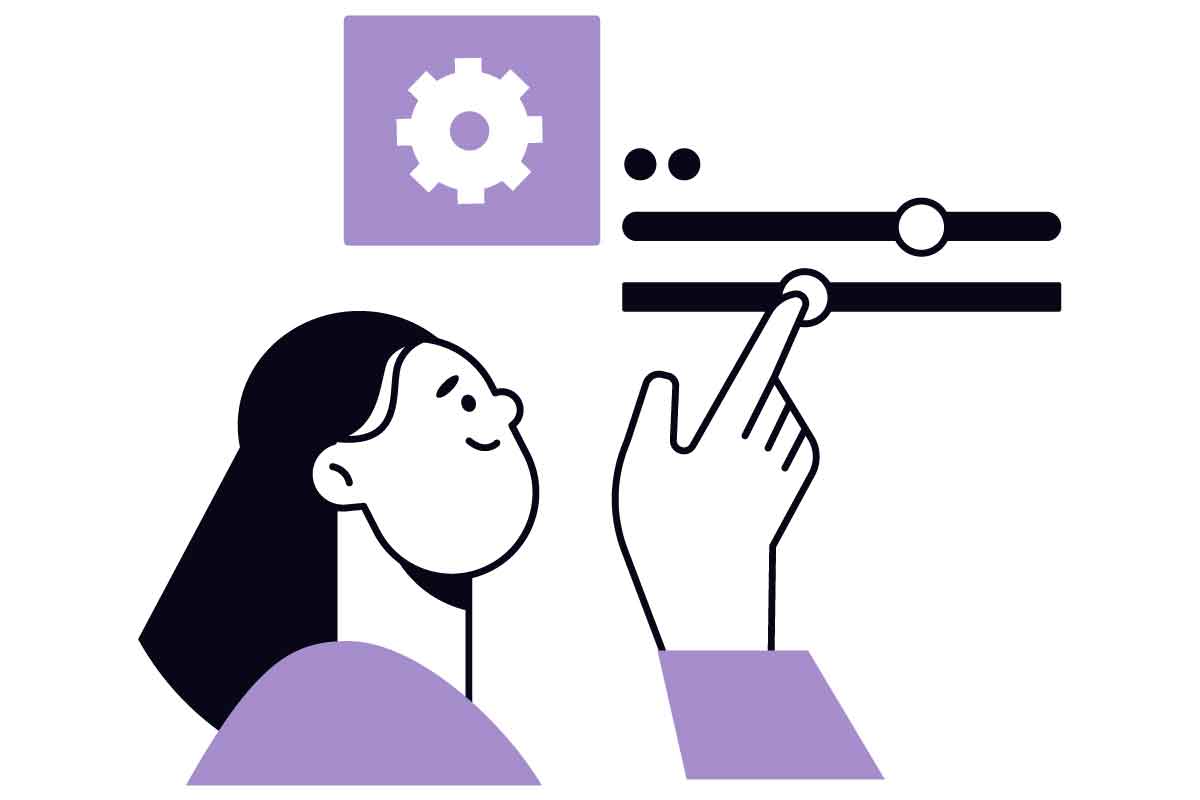Being self-employed offers the freedom to manage your work and life balance more flexibly, but it also requires you to take full responsibility for your financial future, including planning for your retirement. A pension is a crucial element of retirement planning, and for the self-employed in the UK, understanding what they are, how to set up a scheme, and the best options available, is essential for securing a stable financial future.
What are pensions for the self-employed?
Pensions for the self-employed function similarly to those for employed individuals, acting as savings plans for your retirement. However, the difference lies in the setup and management process, as self-employed individuals do not benefit from employer contributions.
Instead, you’re responsible for making direct contributions to a pension scheme of your choice. These contributions are usually eligible for tax relief from the government, which adds a portion of your contribution to your pension pot, up to a certain limit.
Why get a pension if you’re self-employed?
- The primary reason for a self-employed individual to start a pension is to ensure financial stability in retirement.
- Without the benefit of employer contributions, it’s even more critical for self-employed individuals to actively plan for their future.
- Pensions offer a tax-efficient way to save, as the government provides tax relief on contributions.
- Furthermore, having a pension could provide peace of mind, knowing that you’re investing in your future self and potentially avoiding financial difficulties in later life.
How to set up a self employed pension scheme
- Research your options: Start by exploring the different types of pension schemes available, such as personal pensions, self-invested personal pensions (SIPPs), and stakeholder pensions. Each has its features, benefits, and limitations.
- Consider your investment approach: Decide how hands-on you want to be with your investments. Stakeholder and personal pensions often come with pre-selected investment options, while SIPPs offer more control and flexibility over where your money is invested.
- Check for charges and fees: Understand the charges associated with each pension scheme, including annual management fees and investment charges, as these can affect the overall value of your pension pot.
- Set up contributions: Once you’ve chosen a scheme, you’ll need to set up contributions. You can usually choose to make regular monthly payments, one-off lump sums, or a combination of both.
The best pension options available for the self-employed
- Personal pensions: These are the most straightforward pension schemes, where you choose the provider and make regular contributions. They are managed by the pension provider, making them a suitable option for those who prefer a hands-off approach.
- Stakeholder pensions: These have low minimum contributions and capped charges, making them a cost-effective option. They are also flexible, allowing for changes to contributions without penalty.
- Self-invested personal pensions (SIPPs): SIPPs offer greater control over your investments, allowing you to choose from a wider range of assets, including stocks and shares, commercial property, and bonds. This option is best for those who are confident in making investment decisions or are willing to hire a financial adviser.
Self employed pension FAQ
Yes, being self-employed doesn’t prevent you from setting up and contributing to your own pension scheme to save for retirement.
- Takes 2 minutes
- Receive quotes to compare
- Easy and no commitment
Tax relief on pensions means some of your money that would have gone to the government as tax goes into your pension pot instead. For example, for every £80 you pay into your pension, the government adds £20 (based on the current 20% basic tax rate), effectively reducing the cost to you.
You can contribute up to 100% of your earnings annually, up to a limit of £40,000, and still receive tax relief.
The annual allowance is the maximum amount you can save in your pension pots in a tax year before you have to pay tax. It’s currently £40,000 for most people.
If you exceed the annual allowance, you might have to pay an annual allowance charge, which effectively removes the tax benefits on the excess amount.
- Give your requirements
- Receive quotes to compare
- Choose a provider or walk away - your choice!
Yes, if you’ve not used up your annual allowance, you can carry forward unused allowances from the previous three tax years.
A personal pension is a type of pension that you arrange yourself. You choose the provider and make arrangements for your contributions to be invested.
A Self-Invested Personal Pension (SIPP) is a type of personal pension that gives you a higher level of control over your investments compared to standard personal pensions.
A stakeholder pension is a type of pension designed to be simple and accessible, with capped charges and flexible contribution options.
Yes, you can have multiple pensions, and it’s often a good idea to diversify your retirement savings.
Consider factors like charges, investment options, and flexibility. It might also be beneficial to consult a financial adviser.
Usually, you can start taking money from your pension pot when you turn 55 (rising to 57 in 2028), but it’s best to plan for this money to fund your retirement.
You can usually take up to 25% of your pension pot tax-free, with the remaining amount taxed as income.
Pensions can often be passed on to your beneficiaries with tax advantages, especially if you die before the age of 75.
Your pension is usually protected from creditors if your business fails, as it’s separate from your business assets.
It’s a good idea to review your pension at least once a year and after any significant life events or changes in your financial situation.
If you have a SIPP, you can manage your investments yourself or with the help of a financial adviser.
Look out for annual management charges, fund management charges, and any fees for buying or selling investments.
Choose a pension provider, decide how much you want to contribute, and set up your pension account. You may want to seek financial advice to help with this process.
It’s never too late to start saving for retirement. Even if you’re close to retirement age, contributing to a pension can still provide tax benefits and contribute to your retirement income.


